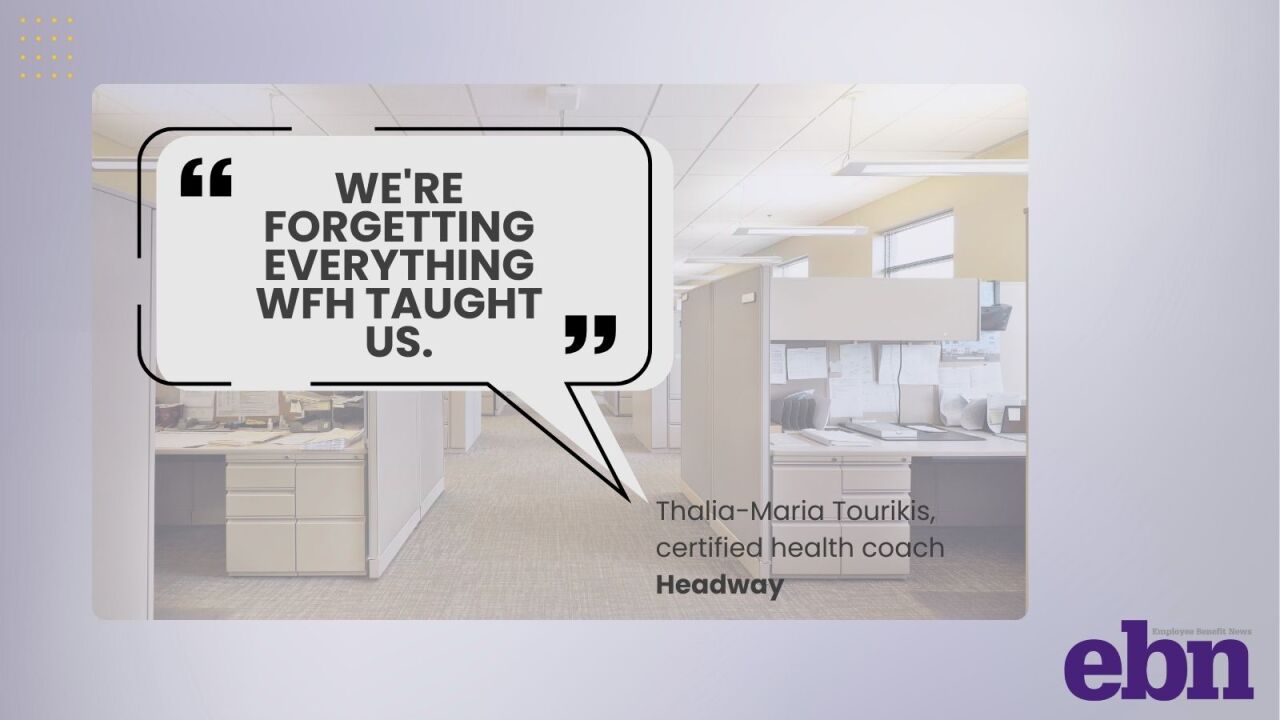Producers know that organizations that are not properly resourced cannot grow revenues and achieve their full potential. Talent is out there — but it's hard to attract and retain. It is not just about offering a superior benefits package, but about understanding what will draw and keep the best and brightest employees.
When faced with growth imperatives, organizations must plan for evolving variables that influence and sometimes inhibit the effective hiring and deployment of talent. Those considerations include economic uncertainty, talent market fluctuations and strategic long-term workforce planning, as well as a reimagining of the workforce toward hybrid and remote work models. All of these factors affect benefits planning.
The key to success, however, is achieving cross-departmental collaboration to reach decisions about the
Read more:
HR can develop the greatest benefits plan ever, but finance will want to know how much it will cost and how it can balance the interests of both the employer and employees. A benefits plan must be tailored to each workforce. While a company car might appeal to a mostly young workforce of high-earning males, for instance, young staffers with small children will have greater appreciation for
Another advantage to having data-driven insights from workforce analytics is the ability to knowledgeably and credibly tailor rewards and recognition to
Read more:
To understand what drives employee engagement, polling the workplace, capturing and analyzing results is the first step. Typically, analytics engines find that good relationships (particularly with managers), a sense of purpose (in part due to belief in leadership to guide the ship and keep promises) and autonomy are the key drivers to engage employees.
People analytics also can reveal what retains employees. Superior onboarding practices,
The Harvard Business Review suggests that people analytics is an incredibly powerful and indispensable tool. However, such quantitative models are intended to assist, not replace, human judgment. In order to get the most out of
Because the topic of benefits can be very complex, a planning solution will be beneficial in many ways:
- Data from internal processes can be analyzed and used for benefit planning purposes. Performance reviews, for instance, will determine the outcome of salary reviews, and internal surveys will seed information on the expectations and preferences of the workforce.
- Approvals and workflows enable seamless collaboration.
- Complex processes become simpler and much more transparent based on actual data sets.
Workforce management is an essential part of an integrated business plan because it leverages historic information to create a realistic budget that empowers organizations to hire, maintain and grow teams that power thriving businesses.
Read more:
As organizations emerge from the COVID-19 pandemic and forge the workplace of the future, new realities continue to shape an employee life cycle that is more evolved, digital and dynamic than ever before. AI is here to stay. Leveraging the power of technology to manage the workforce is an inevitable move for organizations seeking to keep pace with the ever-changing business environment.






